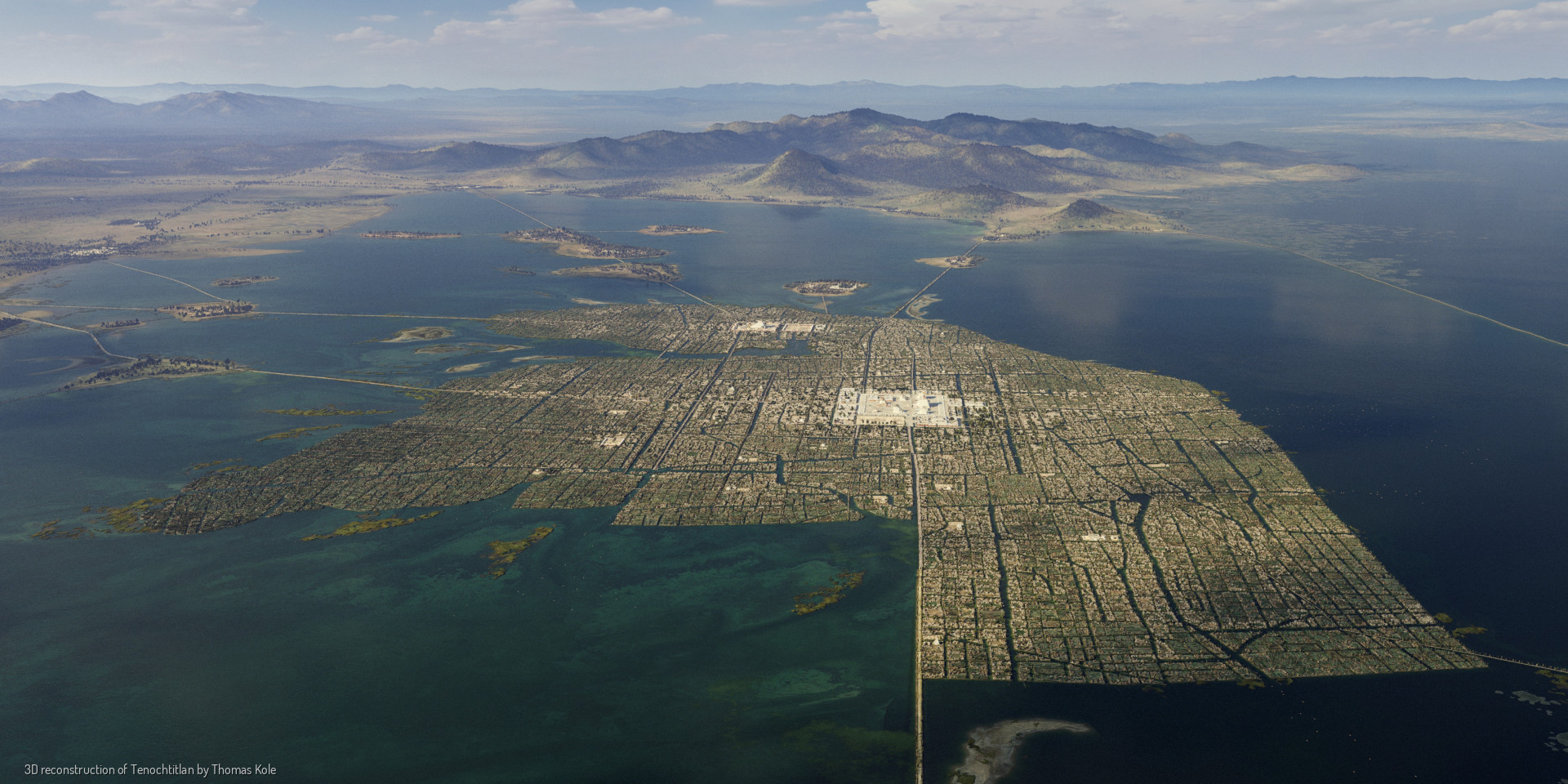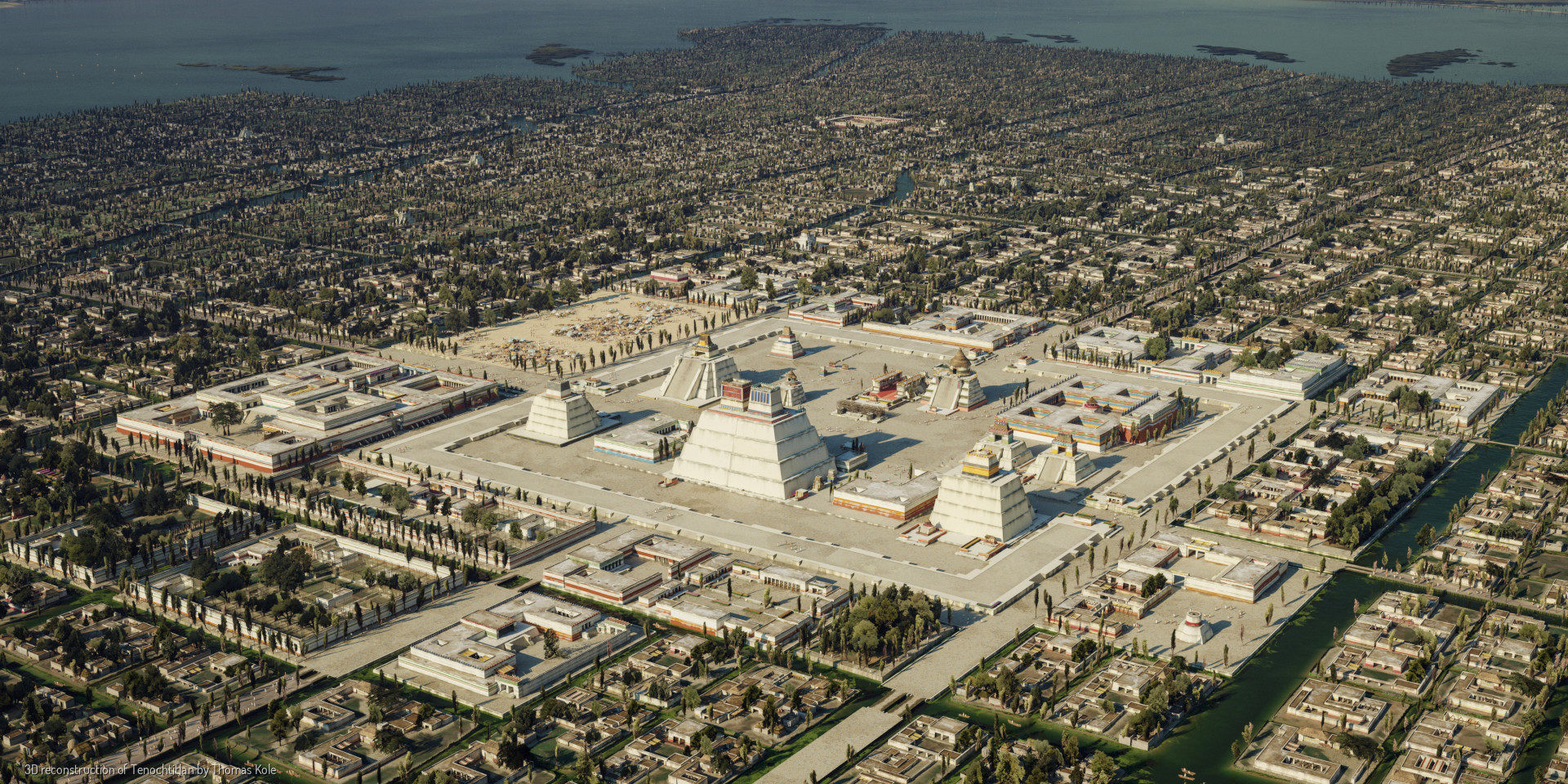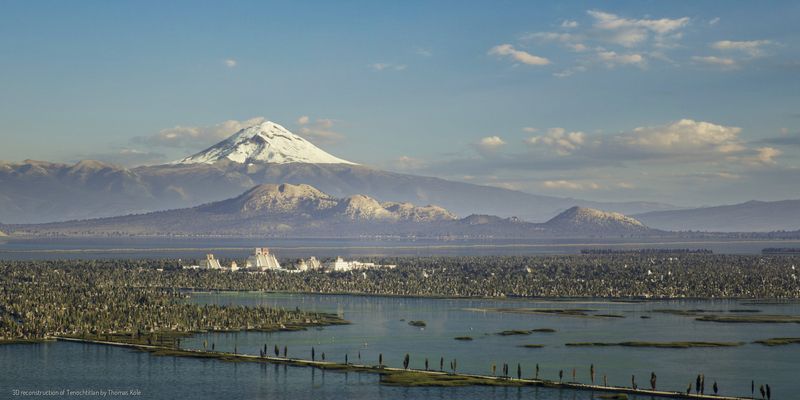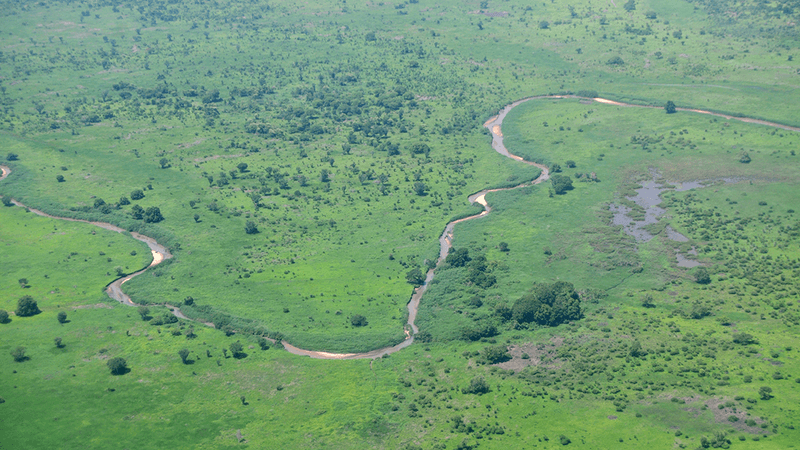A team of specialists have recreated in stagging detail the Aztec capital city, Tenochtitlan, which once stood as the center of the expanding Aztec Empire until the Spanish invaded in the 16th Century. For the first time in hundreds of years, we are now able to see what this incredible city looked like before it collapsed.
The project to create the 3D reconstruction, called “A Portrait of Tenochtitlan”, was led by the Dutch-born technical artist Thomas Kole. Kole and his team spent 1.5 years working on the project using open-source software – Blender, Gimp, and Darktable. The images are incredible and beautiful, showing the Aztec city at its zenith and allowing us to see how it was situated in the surrounding environment.

The capital of the Aztec Empire
It is not clear exactly when Tenochtitlan was founded, but it is largely recognized as having been around 1325 CE. The city was built on two islands nestled within the waters of what was Lake Texcoco.
According to legend, the Aztecs, or Mexica, chose this location after seeing an eagle perched on a cactus while snacking on a snake. This was no trivial spectacle, because their god, Huitzilopochtli (the god of sun and war), had told them to build their city where they saw this divine sign.
The city was designed on a grid network, which was inspired by the ancient city of Teotihuacan, which was established in the highlands of central Mexico a thousand years earlier.
Given its aquatic setting, the city was connected by a mix of streets and canals that allowed people to travel via canoes throughout the city itself but also to the smaller settlements that existed on the surrounding shoreline. People traveling in and out of the city by foot could do so via three causeways that connected it to the outside world.
At its center, Tenochtitlan had its grand Sacred Precinct, which served as the religious epicenter for the whole Aztec Empire. This is where the temple of Huitzilopochtli stood along with a temple to the god Tlaloc, the god of rain. This prestigious area was also the seat of the ruling elite – the kings and nobles – which included a richly decorated palace and adjoining gardens, aviaries, and zoos.
Commoners lived in neighborhoods called calpulli, each of which had its own smaller markets and temples. The people who lived here were often farmers, craftspeople – weavers, sculptors, and potters – and soldiers.

The end of an empire
Throughout its existence, the city was among the largest in the world with around 200,000 people living within its boundaries by the start of the 16th century. It was the center of power – both political and economic – as it benefited from tributes paid by other conquered regions.
However, things quickly changed when the Spanish arrived in 1519. The conquistadors, together with an alliance of Indigenous tribes – formerly tribute-paying city states – laid siege to the city in 1521, a siege that lasted for 93 days. On August 13 of that year, the Mexica surrendered, ushering in the period of Spanish dominance of central Mexico.
With the arrival of Europeans in the area, the city inhabitants quickly succumbed to epidemic diseases they had no natural immunity to. It is estimated that around 50 percent of the region was killed by smallpox that rapidly spread following contact with the Spanish.
Today, what remains of Tenochtitlan has been covered by Mexico City, but Kole’s project allows it to live again.
“Not much is left of the old Aztec – or Mexica – capital Tenochtitlan”, he told Heritage Daily. “What did this city, raised from the lake bed by hand look like? Using historical and archaeological sources, and the expertise of many, I have tried to faithfully bring this iconic city to life.”




